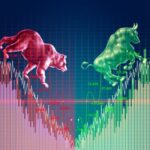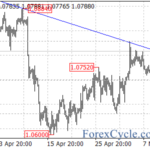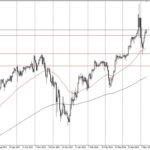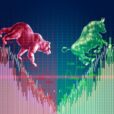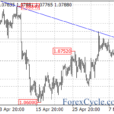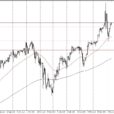
In many ways it is surprising the bond sell-off hasn’t been bigger. After all, the recovery narrative of the unemployment rate has had almost everything going for it since February, at least in terms of perceptions playing into expectations. There was the usual spring rebound in economic data that aided in the “worst is past” argument, while oil prices and commodities rose furthering the market indications that “transitory” might have just been one year delayed. And after a brief scare coincident to the May payroll report (released at the start of June) and then Brexit later that month, it did appear on the surface that markets were indeed quite resilient and could thus handle the mainstream-anticipated liftoff.
In the US treasury market, a recovery would see a steepening yield curve and higher nominal rates, both of which have occurred in September so far but by a rather meager margin especially in comparison to past episodes of such “hope.” These trends would be accompanied by much stronger inflation expectations, especially given how beaten down they have been since this “rising dollar” began. But it is here that the narrative falls apart once more.
At the end of August I wrote about the curious and frustratingly unexplored period in TIPS trading bridging the so-called taper tantrum and the start of the “rising dollar” about a year after. For about thirteen months, an incredible length of time for any kind of market, breakevens did nothing, and that was an exceptionally important clue as to what was building.
In the realm of moving inflation expectations, there was a period between July 2013 and August 2014 where the 10-year TIPS breakeven “yield” did nothing. The 5-year breakevens followed in somewhat similar fashion, though with a small measure of greater vitality if still almost totally sideways. How this thirteen month period in inflation measuring has escaped constant mainstream reference is yet another crime of negligence. Not only did the market for inflation expectations suddenly appear to be dead or at least stumped, this all occurred at perhaps the most pivotal point of this entire “recovery” period.
Even more than now, the recovery/economic narrative had everything going for it. Every day there was an economist on TV or a policymaker in the news talking confidently about how “this is it.” Not only that, even after the weak, Polar Vortex start to the year, GDP seemed to confirm it, followed by a noticeable boost in employment statistics that turned prior confidence into unrestrained mainstream giddiness.



